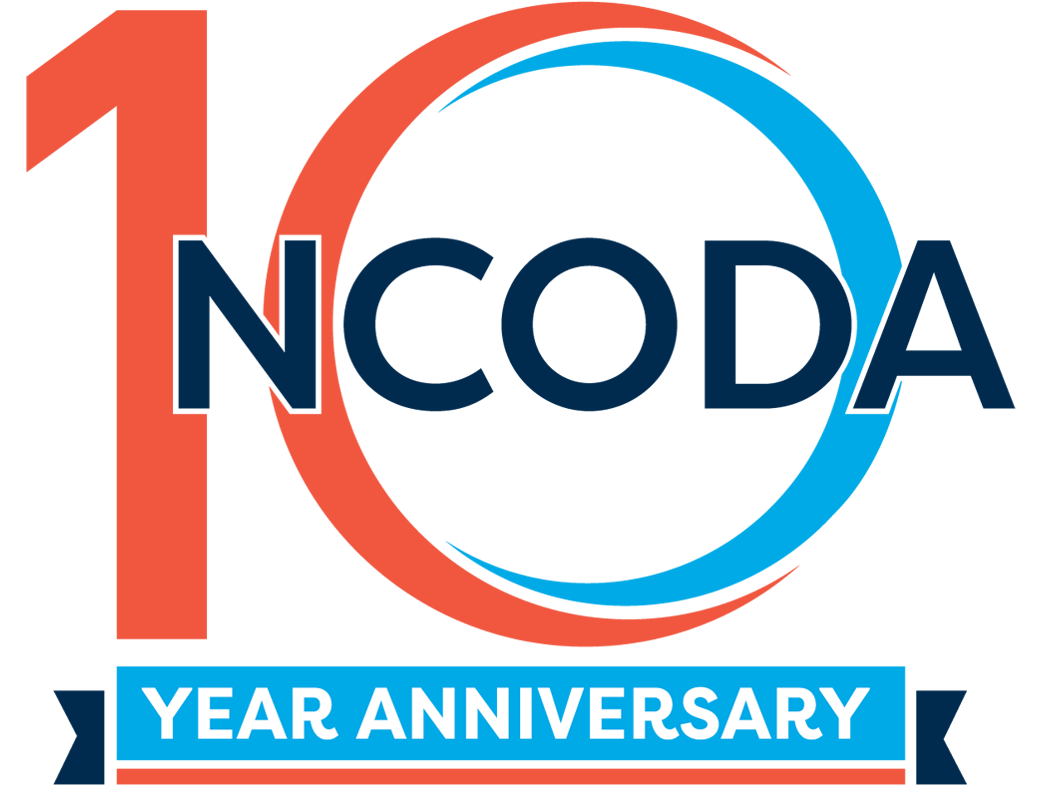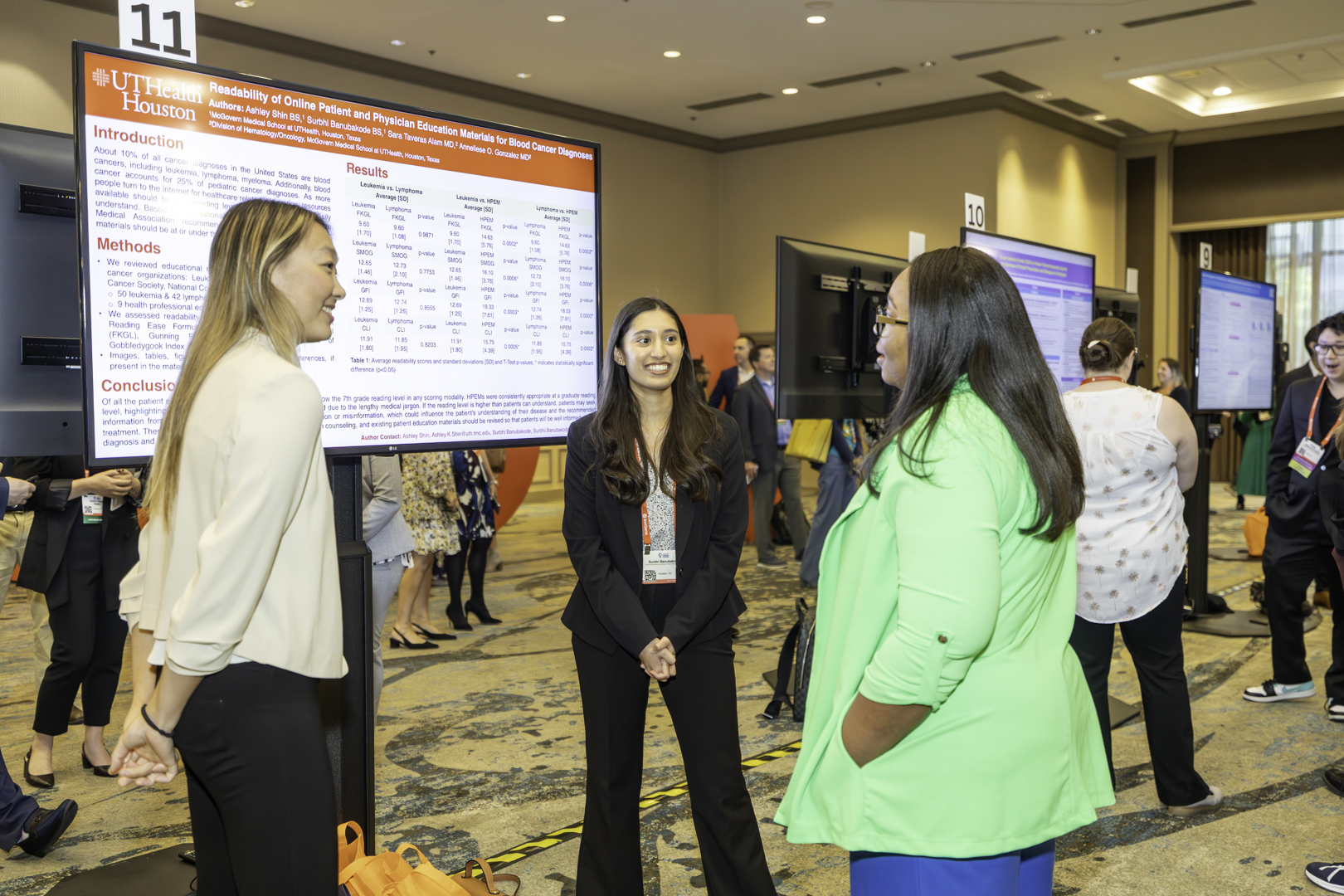2026 International Spring Forum
April 15, 2026 | 12:00 PM EST
The Challenge of Patient Enrollment in Clinical Trials
Published Date: October 14, 2025
Share

Author: Shreya Badhrinarayanan, MD
Improving participation through trust and patient-centric development.
Patient accrual remains one of the greatest bottlenecks in cancer clinical trials. Fewer than 5% of adult cancer patients participate in clinical trials, and approximately 20% to 40% of cancer trials fail to meet enrollment targets, often leading to premature study termination.1 This not only delays therapeutic advancements but also denies patients access to potentially lifesaving investigational treatments.
Barriers to enrollment occur at multiple levels. A meta-analysis of U.S. oncology trials found that 56% of patients did not enroll because no suitable trial was available at their treatment location, 22% were ineligible due to restrictive criteria, and 15% of eligible patients declined participation.1 In practice, only 2% to 8% of adult cancer patients enroll in trials.1,2
Geography remains a major constraint. Over half of U.S. cancer patients have no trial for their condition at their primary treatment site, and many trials are concentrated in academic or urban centers.3 Nearly 50% of patients with common metastatic cancers would need to drive more than an hour one-way to reach a trial site.4
Unsurprisingly, most patients are unwilling or unable to travel such distances for frequent visits. In 2019, 36% of physician-owned oncology practices and 14% of hospital-owned practices offered no clinical trials at all.5
Restrictive eligibility criteria further reduce the potential pool. While such criteria protect safety and ensure scientific rigor, overly narrow requirements — such as exclusion based on comorbidities, age or prior treatments — can unnecessarily limit access. In the precision oncology era, biomarker-specific trials may exclude the majority of patients with the same cancer type.5
Lack of awareness and misconceptions also deter participation. Nearly 70% of the public report never or rarely considering a trial when discussing treatment with their physician.6 Persistent myths — such as fear of being a “guinea pig” or receiving only placebo — further discourage participation. For underserved communities, historical injustices such as the Tuskegee Syphilis Study have created deep-seated mistrust toward medical research.7 Without trust-building, these barriers persist.
Physicians face their own challenges. Many have limited time to discuss trials, may be unaware of relevant studies, or may view trials as a “last resort.”8 The administrative burden of enrollment — including protocol-mandated testing, prior authorizations and documentation — can be prohibitive, especially for community sites with limited research infrastructure.5
These multifactorial barriers require a coordinated approach grounded in patient trust, reduced burden and inclusive, patient-centric trial design.
BUILDING TRUST WITH PATIENTS
Trust is the foundation for patient participation. Patients are far more likely to consider a trial when recommended by a physician they trust.9 For historically underserved communities, acknowledging and addressing medical mistrust is essential. Providers must approach trial discussions with cultural humility, acknowledge past wrongs, and engage family members and community influencers.
Effective communication is critical. Consent forms and study descriptions should be written in plain language, and clearly explain the study’s purpose, potential benefits, risks, and logistics.10 Providing lay summaries of trial progress and results reinforces transparency and demonstrates patient value.
Misinformation must be countered. Advocacy groups and community leaders can help dispel myths, explain ethical safeguards such as Institutional Review Board oversight and highlight that trial participants often receive either the best standard of care or a potentially better investigational therapy
— never “nothing.”4
Introducing trials early in the care discussion, rather than as a last resort, normalizes them as legitimate treatment options. This gives patients and families time to consider participation without the pressure of disease progression.
Maintaining trust throughout the trial requires responsiveness, regular updates, and clear communication channels. Patients should feel supported and respected, with their contributions acknowledged as essential to medical progress.
REDUCING PATIENT BURDEN
Even informed and motivated patients may decline trial participation if logistical or financial burdens are too high. Cancer care is already demanding; trial requirements can add unsustainable layers.
Financial barriers are significant. A 2022 survey found that 55% of patients cited personal costs as a key factor in deciding whether to participate in a trial, with 20% concerned about insurance coverage and 18% about out-of-pocket expenses.11 Costs include travel, lodging, meals, childcare and lost wages.
Sponsors and sites can mitigate these burdens by reimbursing travel, providing prepaid transportation vouchers, partnering with organizations for lodging and offering stipends for time and effort.3 Importantly, the reimbursement process should be simple and prompt — reloadable debit cards or direct deposits after each visit help reduce stress.12
Geographic barriers can be addressed through decentralized clinical trials, which use telemedicine, local laboratories and home health services to bring the trial to the patient. Routine follow-ups and certain assessments can often be conducted remotely without compromising data integrity.13
The COVID-19 pandemic accelerated regulatory acceptance of hybrid models combining in-person and remote visits.13
Protocol complexity should be minimized Every additional visit, invasive procedure or questionnaire increases the participation burden. Patient advisory boards can provide feedback on the schedule of events, identifying unnecessary or overly burdensome requirements.
Support services such as patient navigators can further reduce dropouts by assisting with scheduling, transportation and coordination with other care providers.14
PARTNERING WITH ADVOCACY AND COMMUNITY ORGANIZATIONS
Patient advocacy organizations are critical allies in improving enrollment. They are trusted sources of information, particularly for patients unfamiliar with or skeptical of clinical trials.
Advocacy groups excel at education and awareness — translating complex protocols into plain language, hosting trial finder tools and guiding patients through the enrollment process.15 They also help counter misinformation by sharing participant experiences and explaining safeguards.
Partnerships should extend to trial design. Advocacy groups can provide insights into realistic eligibility criteria, visit schedules and culturally sensitive recruitment materials. They can also connect researchers with community leaders and faith-based organizations to improve outreach in underrepresented populations.16 Such collaborations have been shown to increase minority enrollment and improve trial diversity.
During enrollment, advocacy organizations can serve as liaisons, ensuring timely follow-up with interested patients and providing peer support during the trial. This ongoing connection helps maintain engagement and reduces attrition.
FOSTERING A PATIENT-CENTRIC MINDSET IN DRUG DEVELOPMENT
Improving enrollment is not just about recruitment tactics. It requires embedding patient perspectives into every stage of drug development.
Listening to patients — through advisory boards, surveys, and direct engagement — can shape trial endpoints, tolerability expectations and quality-of-life priorities.
This feedback should influence both protocol design and candidate prioritization.
Ethical transparency builds trust. Sponsors should share results (positive or negative) with participants and the broader patient community, ensure access to best-known care during trials and provide post-trial access to investigational drugs when appropriate.
Minimizing bureaucracy — streamlined consent, coordinated scheduling and integration with existing care — reduces friction for both patients and providers.
Finally, diversity and inclusion must be integral, not an afterthought. Implementing U.S. Food and Drug Administration guidance on broadening eligibility, expanding site locations, translating materials, and accommodating real-world patient needs ensures trial results are representative and equitable.9
CONCLUSION
Increasing patient enrollment in oncology and hematology trials requires a comprehensive, patient-first approach.
Building trust through transparent, culturally sensitive communication, reducing financial, logistical and procedural burdens, leveraging advocacy partnerships, and embedding patient perspectives into trial design all contribute to better recruitment and retention.
Every patient who enrolls in a trial contributes to advancing cancer care. By making participation accessible, respectful, and worthwhile, we not only improve trial outcomes but also honor the commitment patients make to science and future generations
Additional Resources
1. Conceptual Model for Accrual to Cancer Clinical Trials. Journal of Clinical Oncology. https://ascopubs.org/doi/full/10.1200/JCO.19.00101.
2. Barriers to patient enrollment in therapeutic clinical trials for cancer. American Cancer Society Cancer Action Network. https://www.fightcancer.org/policy-resources/barriers-patient-enrollment-therapeutic-clinical-trials-cancer.
3. Recommendations—Overcoming barriers to patient enrollment in therapeutic clinical trials for cancer. ACS CAN. https://www.fightcancer.org/sites/default/files/National%20Documents/Clinical-Trials-Recommendations-Pages.pdf.
4. Geographic Accessibility to Clinical Trials for Advanced Cancer in the United States. JAMA Internal Medicine. https://jamanetwork.com/journals/jamainternalmedicine/fullarticle/1936578.
5. Increasing patient participation in oncology clinical trials. Cancer Medicine. https://onlinelibrary.wiley.com/doi/10.1002/cam4.5150.
6. Report on The Participation Decision-Making Process. THE CENTER FOR INFORMATION & STUDY ON CLINICAL RESEARCH PARTICIPATION. https://www.ciscrp.org/wp-content/uploads/2019/06/2017-CISCRP-Perceptions-and-Insights-Study-Decision-Making-Process.pdf.
7. Clinical trials participation among African Americans and the ethics of trust: Leadership perspectives. Ethics, Medicine and Public Health. https://www.sciencedirect.com/science/article/abs/pii/S2352552519300611.
8. Ineligible, Unaware, or Uninterested? Associations Between Underrepresented Patient Populations and Retention in the Pathway to Cancer Clinical Trial Enrollment. JCO Oncology Practice. https://ascopubs.org/doi/10.1200/OP.22.00359.
9. FDA. Enhancing the diversity of clinical trial populations—Eligibility criteria, enrollment practices, and trial designs guidance for industry. 2020.
10. Enhancing Clinical Trial Awareness and Outreach. Journal of Oncology Practice. https://pmc.ncbi.nlm.nih.gov/articles/PMC2795414/.
11. Financial Toxicity and Equitable Access to Clinical Trials. ASCO Educational Book. https://ascopubs.org/doi/10.1200/EDBK_100019.
12. CTTI recommendations: Patient group engagement. Clinical Trials Transformation Initiative. https://ctti-clinicaltrials.org/wp-content/ uploads/2021/06/CTTI_Patient_Group_Engagement_Recs.pdf.
13. Patients’ experiences of clinical trial participation involving a product remotely assessing study drug adherence. Contemporary Clinical Trials Communications. https://www.sciencedirect.com/science/article/pii/S2451865424000541.
14. Building trust and diversity in patient-centered oncology clinical trials: An integrated model. Clinical Trials. https://journals.sagepub.com/doi/abs/10.1177/1740774516688860.
15. The intersection of clinical trial management and patient advocacy: How research professionals can promote patient rights while upholding clinical excellence. World Journal of Biology Pharmacy and Health Sciences. https://doi.org/10.30574/wjbphs.2024.20.1.0787.
16. Influence of Clinical Communication on Patients’ Decision Making on Participation in Clinical Trials. Journal of Clinical Oncology. https://pmc.ncbi.nlm.nih.gov/articles/PMC3807688/






